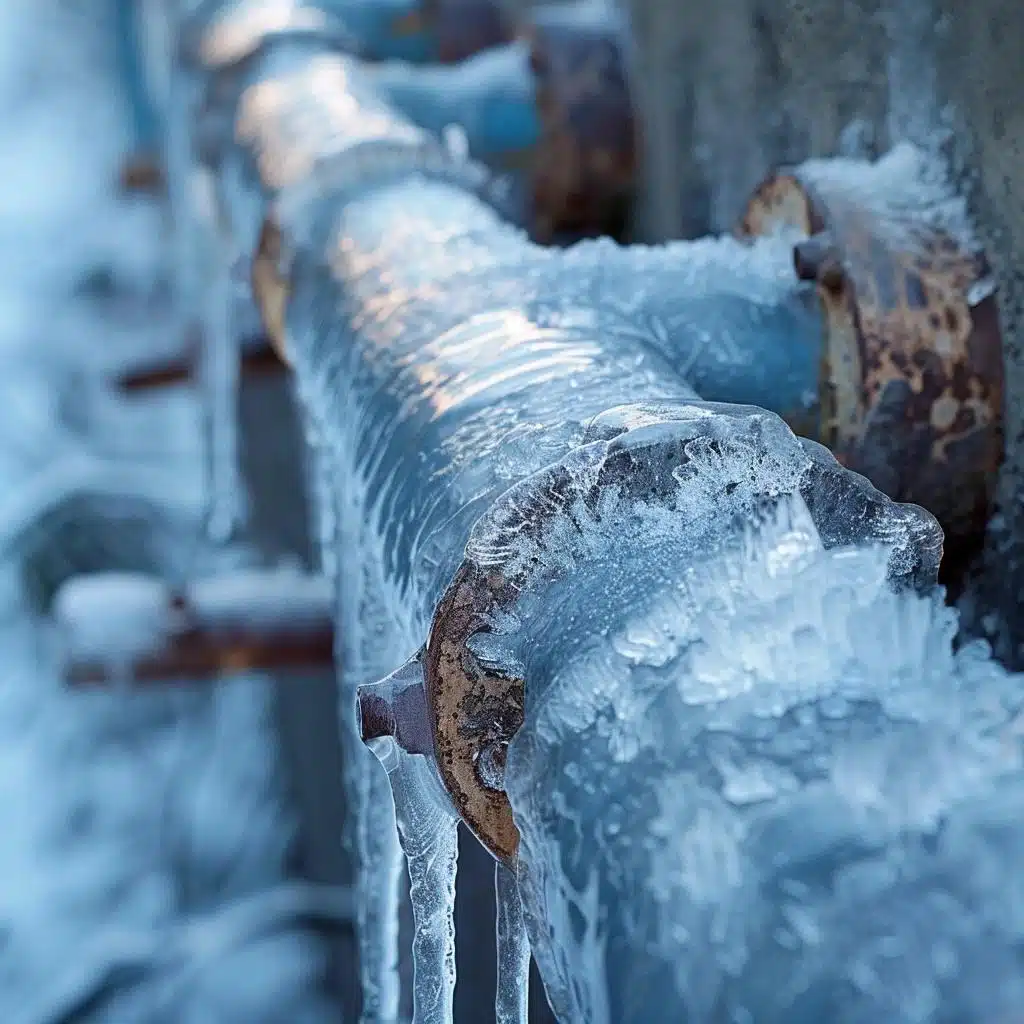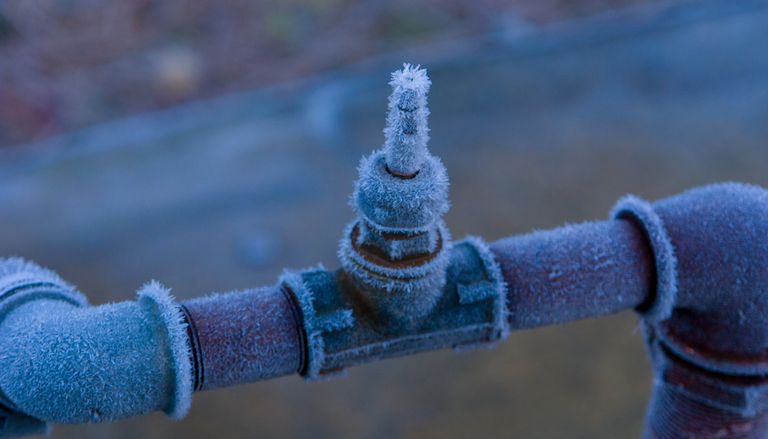This post down the page relating to How To Avoid Freezing Pipes is quite entertaining. You should look it over.

Winter can damage your pipes, especially by freezing pipes. Right here's how to prevent it from happening and what to do if it does.
Intro
As temperatures decrease, the risk of frozen pipelines boosts, potentially resulting in pricey fixings and water damages. Understanding just how to prevent frozen pipelines is essential for home owners in cold climates.
Comprehending Frozen Pipelines
What creates pipelines to ice up?
Pipelines freeze when exposed to temperatures below 32 ° F (0 ° C) for extended periods. As water inside the pipes ices up, it increases, putting pressure on the pipeline walls and potentially causing them to burst.
Dangers and damages
Icy pipelines can bring about water disturbances, property damages, and costly repairs. Ruptured pipes can flooding homes and trigger comprehensive architectural damage.
Indicators of Frozen Pipeline
Recognizing frozen pipelines early can prevent them from breaking.
How to determine icy pipes
Try to find lowered water flow from faucets, uncommon smells or noises from pipes, and visible frost on subjected pipelines.
Avoidance Tips
Insulating susceptible pipes
Wrap pipes in insulation sleeves or utilize warm tape to secure them from freezing temperature levels. Concentrate on pipelines in unheated or external locations of the home.
Home heating strategies
Maintain indoor areas appropriately heated up, particularly areas with plumbing. Open up cupboard doors to enable warm air to flow around pipelines under sinks.
Securing Outdoor Pipes
Garden hoses and exterior faucets
Disconnect and drain pipes garden hoses prior to winter months. Mount frost-proof spigots or cover outdoor taps with shielded caps.
What to Do If Your Pipes Freeze
Immediate actions to take
If you suspect icy pipes, keep taps open to soothe pressure as the ice melts. Use a hairdryer or towels taken in hot water to thaw pipelines gradually.
Long-Term Solutions
Structural modifications
Think about rerouting pipes away from exterior walls or unheated locations. Include extra insulation to attics, cellars, and crawl spaces.
Updating insulation
Buy premium insulation for pipes, attics, and walls. Proper insulation helps maintain regular temperatures and reduces the threat of frozen pipelines.
Verdict
Stopping icy pipes requires aggressive actions and fast reactions. By comprehending the reasons, indicators, and preventive measures, homeowners can shield their plumbing throughout cold weather.
5 Ways to Prevent Frozen Pipes
Drain Outdoor Faucets and Disconnect Hoses
First, close the shut-off valve that controls the flow of water in the pipe to your outdoor faucet. Then, head outside to disconnect and drain your hose and open the outdoor faucet to allow the water to completely drain out of the line. Turn off the faucet when done. Finally, head back to the shut-off valve and drain the remaining water inside the pipe into a bucket or container. Additionally, if you have a home irrigation system, you should consider hiring an expert to clear the system of water each year.
Insulate Pipes
One of the best and most cost-effective methods for preventing frozen water pipes is to wrap your pipes with insulation. This is especially important for areas in your home that aren’t exposed to heat, such as an attic. We suggest using foam sleeves, which can typically be found at your local hardware store.
Keep Heat Running at 65
Your pipes are located inside your walls, and the temperature there is much colder than the rest of the house. To prevent your pipes from freezing, The Insurance Information Institute suggests that you keep your home heated to at least 65 degrees, even when traveling. You may want to invest in smart devices that can keep an eye on the temperature in your home while you’re away.
Leave Water Dripping
Moving water — even a small trickle — can prevent ice from forming inside your pipes. When freezing temps are imminent, start a drip of water from all faucets that serve exposed pipes. Leaving a few faucets running will also help relieve pressure inside the pipes and help prevent a rupture if the water inside freezes.
Open Cupboard Doors
Warm your kitchen and bathroom pipes by opening cupboards and vanities. You should also leave your interior doors ajar to help warm air circulate evenly throughout your home.

I hope you enjoyed reading our piece about Prevent Frozen Pipes . Many thanks for spending some time to read our piece. I beg you set aside a second to promote this blog entry if you enjoyed it. Many thanks for taking the time to read it.
Information Here
Comments on “Protect Against Frozen Plumbing in Cold Weather: Professional Advice”